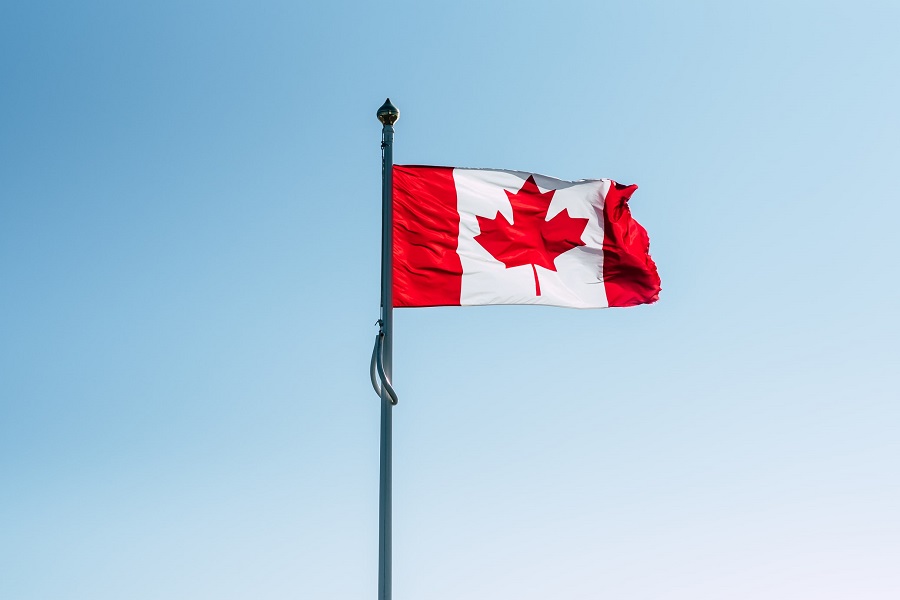
Tax planning is ideally a constant process, with ongoing attention paid to when investments are made and expenses incurred, and what the potential tax impacts might be.
In reality, however, investors often focus on their tax situations only in late winter or spring with the tax when the return deadline looms – and when it might be too late to take certain steps in that taxation year. Let’s change that.
December is tax-action month. What you do before the end of 2021 in terms of investment transactions and incurring – or deferring – personal and business expenses can make a big difference to the results you calculate on your tax return for the year.
The following potential year-end tax-saving steps to consider concerning your investments are gleaned from reports published recently by taxation experts at KPMG, Pwc and BDO:
Realize those Capital Gains and/or Losses
Profits on stocks and other capital investments are only taxable once they are sold. While tax consequences normally shouldn’t be the primary reason to buy or sell an investment, it can nonetheless be an important consideration. If you have capital gains from investments sold this year -- or during the previous three years (2018-20) – now’s your chance to sell any losing investments and apply the resulting loss to reduce the amount of those gains.
On the other hand, if you have investments that are profitable on paper but have no realized losses available to offset those gains, consider if it would be beneficial to wait until the new year before selling, allowing that realized gain to be taxed in 2022 instead of 2021. (However, this might not be the most comfortable strategy if you are concerned that the federal government next year might increase the capital gains inclusion rate from the current 50%, as part of any new policy to bring down its deficit, which has ballooned as a result of COVID-19 benefits and other measures.)
Also, remember that listed securities must be bought or sold by Dec. 29 for the transaction to be settled (or finalized) on a North American exchange in 2021.
Delay that Mutual Fund Purchase
Hold off purchasing a mutual fund until after its end-of-year distributions have been made, particularly regarding capital gains. If you buy units before the distribution is made, not only will the price be higher, but you’ll also be taxed on the amounts received. Find out from your investment advisor or the fund company when the distributions will be paid out and delay a purchase until after that date. For a fund you already own but are ready to sell, determine if it will be beneficial to do so before the distribution date.
Tap Into Your TFSA
One of the most effective investment tax breaks is provided by the tax-free savings account (TFSA). Income and gains earned by investments within this account are not taxed. Unlike an RRSP, contributions to a TFSA are not tax-deductible – but no tax is payable when you make a withdrawal. The maximum TFSA contribution for 2021 is $6,000. If you’ve never started a TFSA, assuming you were over age 18 when the program was launched in 2009, you’d now have $75,500 in unused TFSA room available. (In 2022, that cumulative limit rises to $81,500.)
Also, unlike an RRSP, you are allowed to replace amounts that you previously withdrew from your TFSA. However, you must wait until at least the beginning of the following year to recontribute. So, if you are thinking about tapping into your TFSA savings, it’s best to do so before the year ends. If you delay until early 2022, you would not be able to replace the amount of that withdrawal until the beginning of 2023.
Year-End RRSP Considerations
The deadline for contributing to a registered retirement savings plan (RRSP) that is tax-deductible for 2021 purposes is March 1, 2022, or 60 days following the end of the year. But remember, the earlier you contribute, the sooner your tax-deferred savings accumulate. The contribution limit for 2021 is $27,830, plus the amount of any unused contributions from previous years.
While an RRSP is intended to provide income after retirement (or in the year in which you turn age 71, when a plan must be collapsed), if 2021 has been a low-income year for you, it may be advantageous to withdraw some of your savings now. This amount you withdraw would be taxed at a lower rate than in a future year in which your income presumably will be higher. Bear in mind that, by doing so, you would lose the advantage of a future tax deferral on that money.
Another year-end RRSP chore is to ensure that all of the investments held in a self-directed plan are actually eligible. These generally include money, guaranteed investment certificates, bonds, mutual funds, and securities listed on a designated stock exchange. If your RRSP holds any non-qualified securities, they will be subject to a tax of 50% of their value. However, if you remove these investments prior to the end of the year – and the purchase and sale occurred during 2021 – you’ll be off the tax hook.
Is This Your RRIF Year?
If this is the year in which you turn 71, you must collapse your RRSP and transfer the assets to a registered retirement income fund (RRIF) or a life annuity. (The tax deferral will continue until amounts are withdrawn from either vehicle.)
However, you are still allowed to contribute to your RRSP for 2021 until the end of the year, although the normal March 1, 2022, deadline does not apply to you. This amount you contribute for 2021 should include as much of your remaining RRSP contribution room as possible, as this will expire once the RRSP has been collapsed.
Even if you use up all of your contribution room for 2021, there is a planning wrinkle that allows you to make an additional contribution that would be deductible for 2022 – despite being over age 71. Depending on how much earned income you have in 2021, this will create additional contribution room of up to $29,210 for 2022, which would be eligible for a 2022 tax deduction – as long as you contribute this amount before the end of this year. While you will be considered to have made an overcontribution to your RRSP based on your 2021 limit, the $29,210 contribution room for 2022 would be available to you as of the new year. You would have to pay an overcontribution penalty of 1% per month – a worthwhile price to pay to gain a deduction on your 2022 return. You also are allowed to overcontribute $2,000 before the penalty applies.
Benefits, Medical and More
The above issues cover key investment taxation issues to address prior to the end of this year. There are many other broader income-tax-related elements to consider, such as ensuring you have applied for any Canada Recovery Benefits to which you may be entitled – and do so by Dec. 22. Another important task is to decide whether to incur any major medical/dental expenses for which you could claim a tax credit on your 2021 return. For details on other year-end tax matters, here are some additional resources to consider:
- KPMG: Get a Head Start on Your 2021 Personal Tax Roundup
- BDO Checklist 2021: Save on your personal taxes
https://www.bdo.ca/en-ca/insights/tax/canadian-tax/checklist-save-on-your-personal-taxes/
- Pwc: Year-end tax planning checklists




















